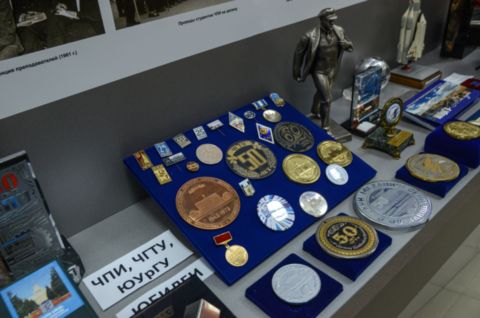International Museum Day is celebrated every year on May 18. Nadezhda Ivanova, Head of the Museum and Educational Complex, Director of the Museum the History of South Ural State University, and Yulia Vasina, Head of the People and Technologies of the Urals Museum and Exhibition Complex spoke to us about the importance of museums today, about the history of their formation in Russia, about the qualities necessary for this profession and many other things.
Moscow University Museum, founded in 1755, was the first university museum in Russia. As universities were established, other museums began to appear at universities, and by 1917 there were already 11 of those. They had educational and scientific value, displaying the teaching and research activities of both teachers and students. Later museums dedicated to branches of science appeared, for example: mineralogical, zoological, and others.
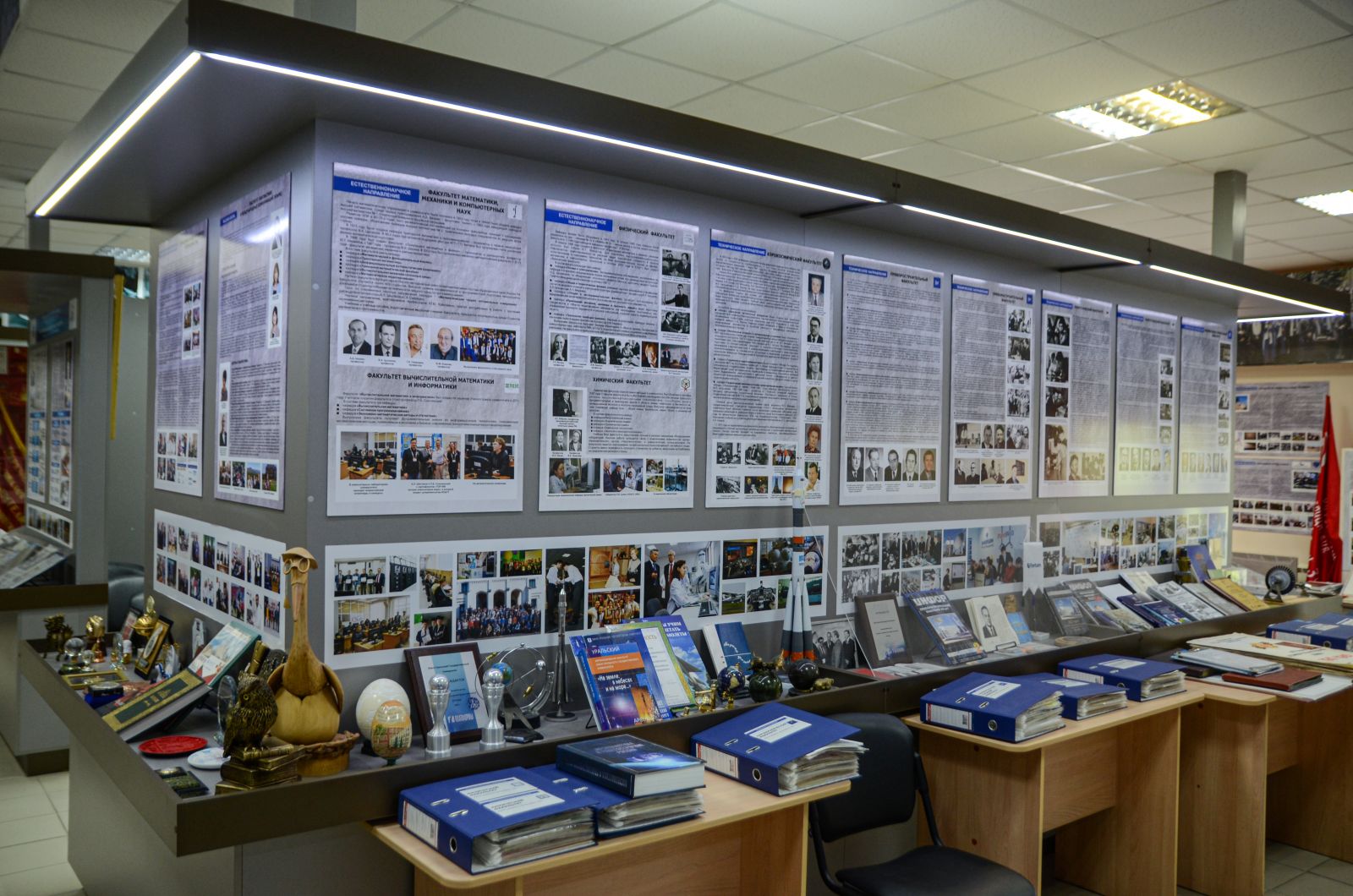
In addition to university museums, some of the oldest museums were founded at military educational institutions beginning in the second half of the 18th century and opened in cadet corps, for example, in the First St. Petersburg Cadet Corps (1766).
The first museums of the history of higher educational institutions started to appear in the Soviet period; the Museum of Leningrad University (the Museum of the History of St. Petersburg State University) opened in 1945 became a pioneer.
South Ural State University also has its own museums. The most important of them are the Museum of SUSU History, and the People and Technologies of the Urals educational museum and exhibition complex.
The Museum of SUSU History dates back to 1980 and the initiative of Irina Korobova, Chairperson of the Council of Veterans of Chelyabinsk Polytechnic Institute, with the support from the Rector Vitaly Melnikov. At that time, it consisted of just a small classroom in the main building and the archive. In the early 90s part of the archive was lost due to an accident involving a heating pipeline; the museum was reopened in 1995, in another room, where it is still operating today.
Nadezhda Ivanova, Head of the Museum of SUSU History, spoke to us about the collection, exhibits, and value of the museum and the essence of the museum worker profession.

– How many collections does your museum have roughly?
– The collections of all departmental museums are not part of the State Museum Fund, they are accounted for within an enterprise, university, etc. As of today, if we include the number of scanned photographs and compiled index cards, the collection amounts to several thousand items.
– What are the most famous exhibits in your museum?
– The most striking and famous exhibits in any museum are authentic documents. Documents of veterans, participants of the Great Patriotic War, their certificates of merit, awards, letters, and black and white photos—especially those from the frontline. Our museum has unique letters from the front—we even included them in the project "Letters from the Front", which was organized by the Public Library in Chelyabinsk. Also we have about 100 albums with photos from the beginning of our university. I store them and I think they are especially valuable; I scan and collect everything that is related to the first years of our university, alongside students and graduates. This also includes a unique collection of preserved newspaper subscriptions that were collected by our search team. This is why we also organized an exhibition and collected very extensive material on how they work, what they did, and what they found. Today, both the Faculty of the Institute of Military Education and our museum have such an exposition.
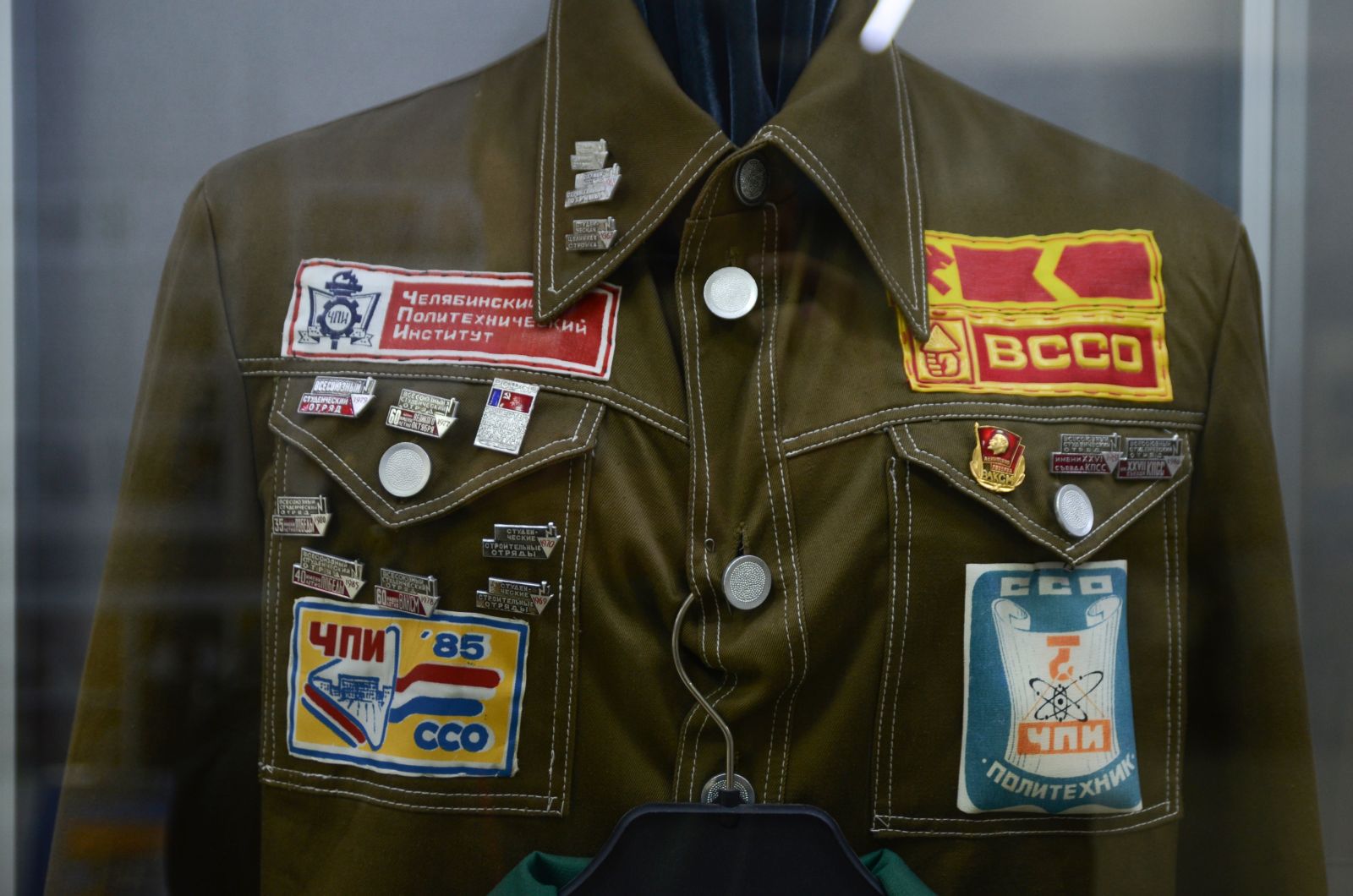
– Why is it important for a university to have its own museum - the Museum of History?
– If the university has a history, it should have a Museum of History. Because no matter who comes—guests, students enrolling in SUSU, professors who work here—it's very important for everyone. It is important to be able to tell guests about your institution, why it is famous, what kind of people studied there, what kind of graduates it has. And our university has such a bright, beautiful history, and it appeared in a very difficult, terrible time of war—1943. And, it seems to me, this is very important not only for patriotic education, but also for fostering a sense of corporate identity. For example, at one time students of the CPI were absolutely convinced that they were studying at the best university in our country. It would be very good if our today's students also understand this and have exactly the same feeling. We have a beautiful building that graces the city. Moreover, we have a quarter of a million graduates, among them two governors and several mayors, outstanding professors who made great contribution to science and continue to make it today—such is the history of our SUSU.
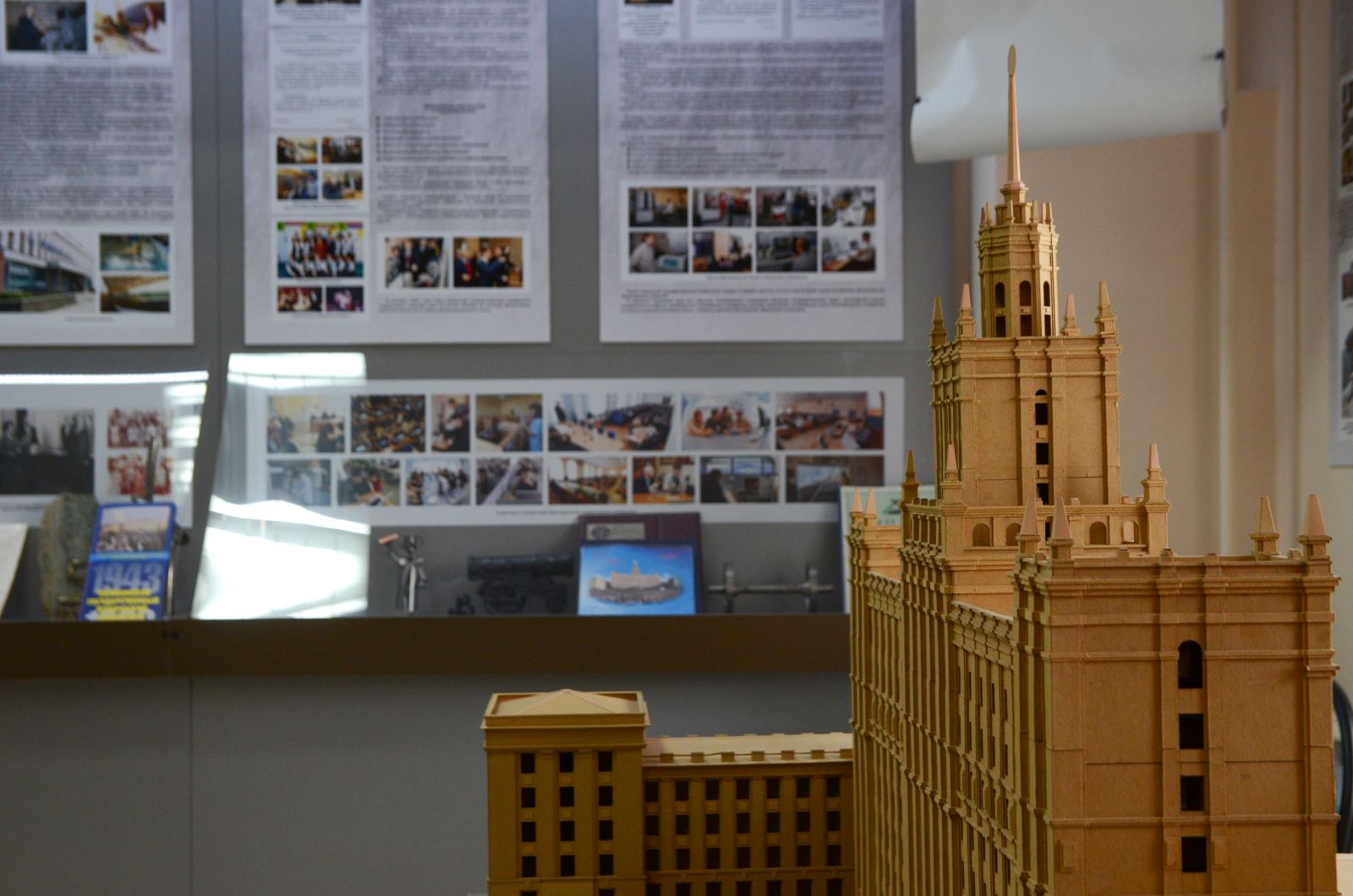
– In your opinion, what is interesting about the museum worker profession and what should attract the attention of listeners and viewers in museums and in your work?
– I have been working in this field all my life despite the fact that I am also an archaeologist and have conducted thousands of excursions in our region, in particular to Arkaim. A museum worker is a specialty that provides no special material benefits per se. A true museum worker, as he is often imagined, is a person who constantly collects something, folds it, glues it, and so on ad infinitum. I, for example, take apart documents, try to restore photo captions, and scan and digitize them in order to preserve them. A real museum worker, I believe, can give any kind of tour in his field of activity, and explain everything in layman's terms. The main advantage of this work is that there are few restraints, you can deviate in any direction, and not just memorize information, as it is often the case with tour guides. Of course, professionals know the material, they can not only show the exhibit, but also tell guests when it appeared, what it is related to, what its history is, and—most importantly—show the continuity of time and generations.
Another important Museum located at SUSU is the People and Technologies of the Urals Museum and Exhibition Complex. The head Yulia Vasina shared the history of the museum, told us about the collection, and emphasized the importance of history in everyone's life.
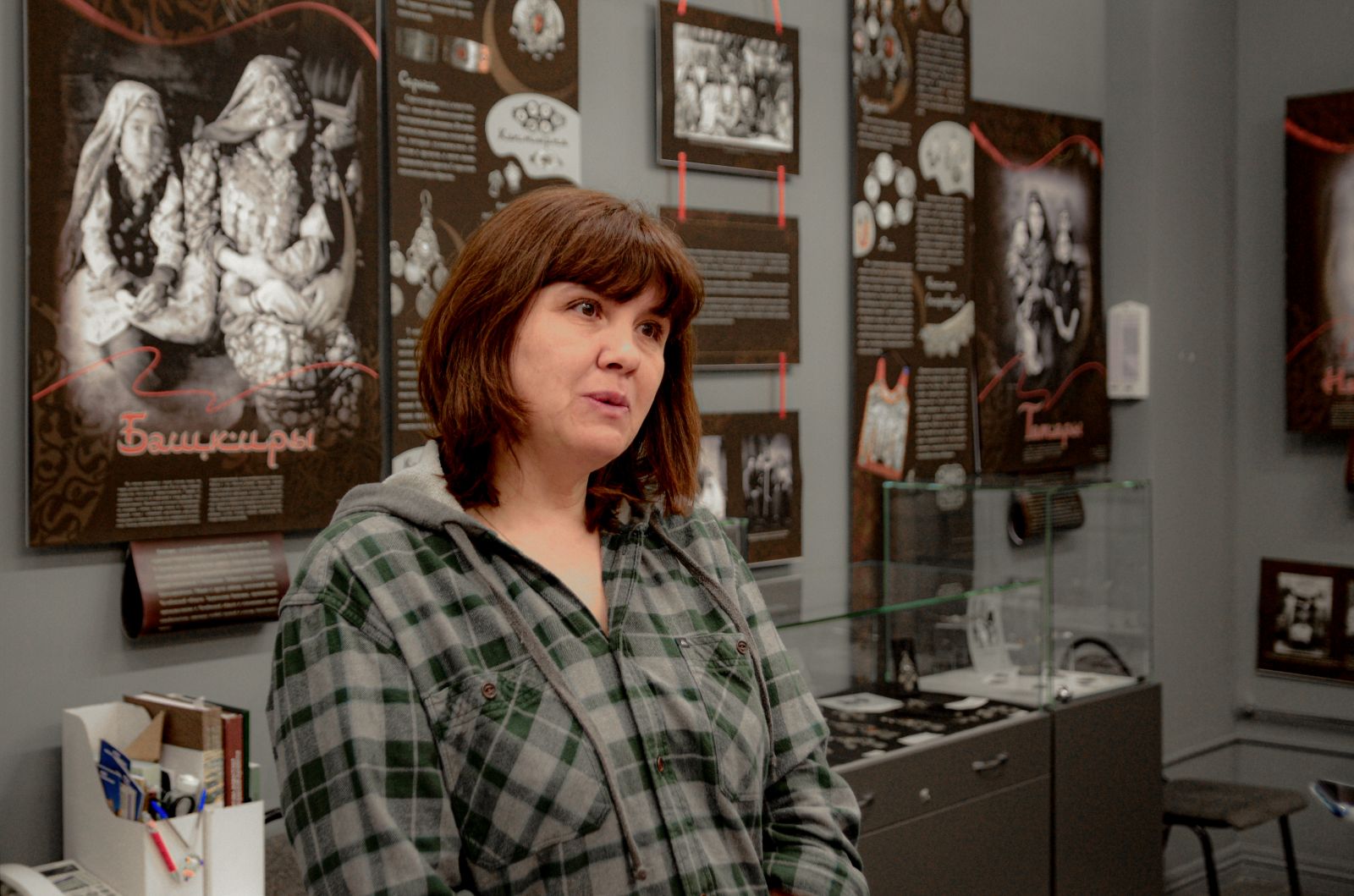
– When did the Museum of People and Technologies of the Urals open?
– The museum began operating in 2011, and the order to create it had been signed in 2010. But before that, of course, there had been many years and decades of work by our archaeologists and doctors of science in history, such as Alexander Tairov, Sergey Batalov, Andrey Epimakhov, and Vadim Mosin. Because historical collections had been accumulated over a very long period, and as a result of many years of work and accumulation of historical artefacts, it was decided that we would create a museum after all.
– How often are items added to the museum’s collection?
– Items are added to the collection every year, because every year we have archaeological expeditions. At the moment there are more than 12 thousand items in our museum. Our collection is in great demand. As a rule, we get several offers for exhibitions a year. Most often they are from our museum of local history, since not a single exhibition can do without our items, but we are generally well represented. We organized our exhibitions in museums of the Moscow Kremlin and Kazan Kremlin, so our museum's items are certainly very important for the history of our region.
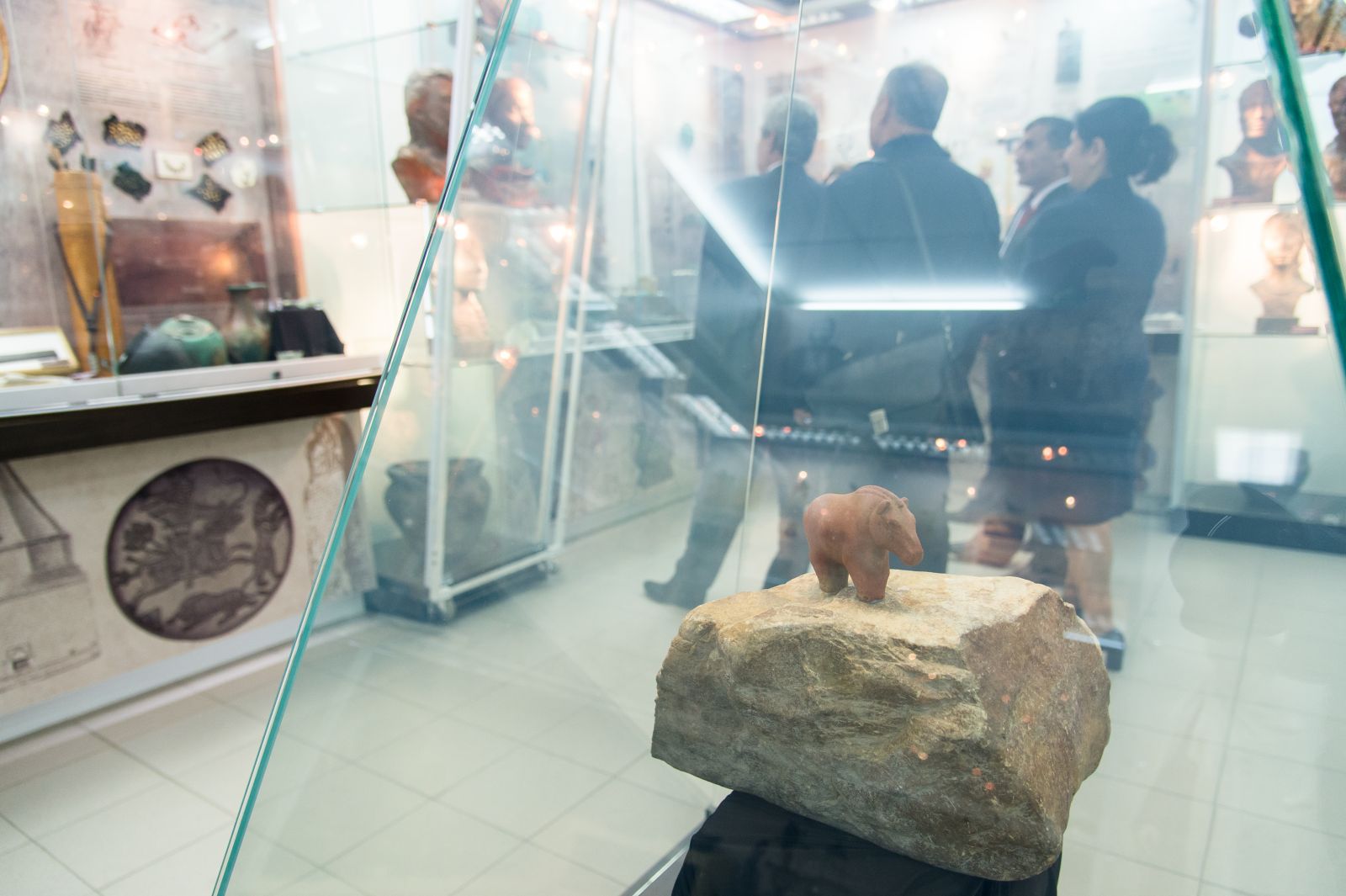
– Why do you think it is important to know history?
– The museum is dedicated to the history of the region, and no matter who we become—economists, philologists, IT specialists, or anyone else—this is still the place where we live, where we were born, where our children will probably be born. So to know the history of the region is quite interesting, even when you're just walking around the city, you ponder what a beautiful building this is; and this is also unusual, but when you know what happened here and how—that's much more important. Life is filled with other things and, and it's better to come to visit us with a tour group of course, because all our little things are silent, but once we start talking about them, they become very talkative.
– What qualities should a professional in your field have?
– In my opinion, a museum worker should have such qualities as consistency, diligence, conscientiousness, and, of course, love, because you can't tell about something you don't love.
Addresses and schedules of SUSU museums:
Museum of SUSU History: SUSU Thermal Engineering Building, 143 Kommuny Str.; weekdays from 9:00 to 17:00
People and Technologies of the Urals: SUSU main building (basement level), 76 Lenin Prospekt, Room 09; weekdays from 9:00 to 17:00.




